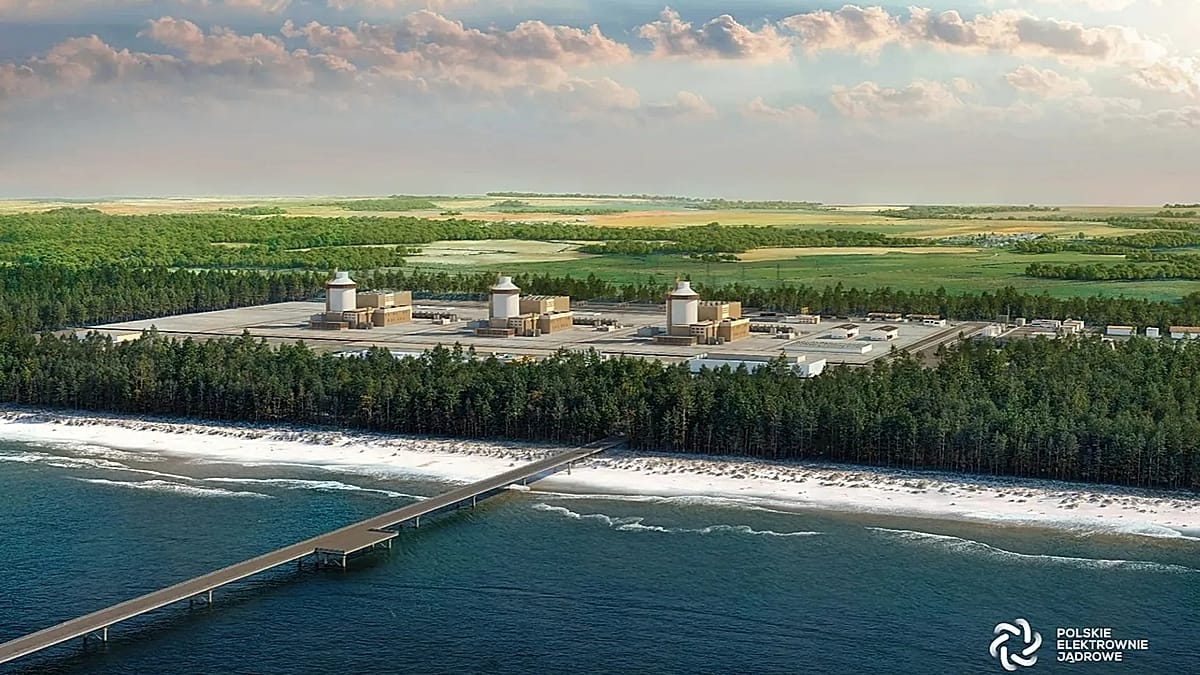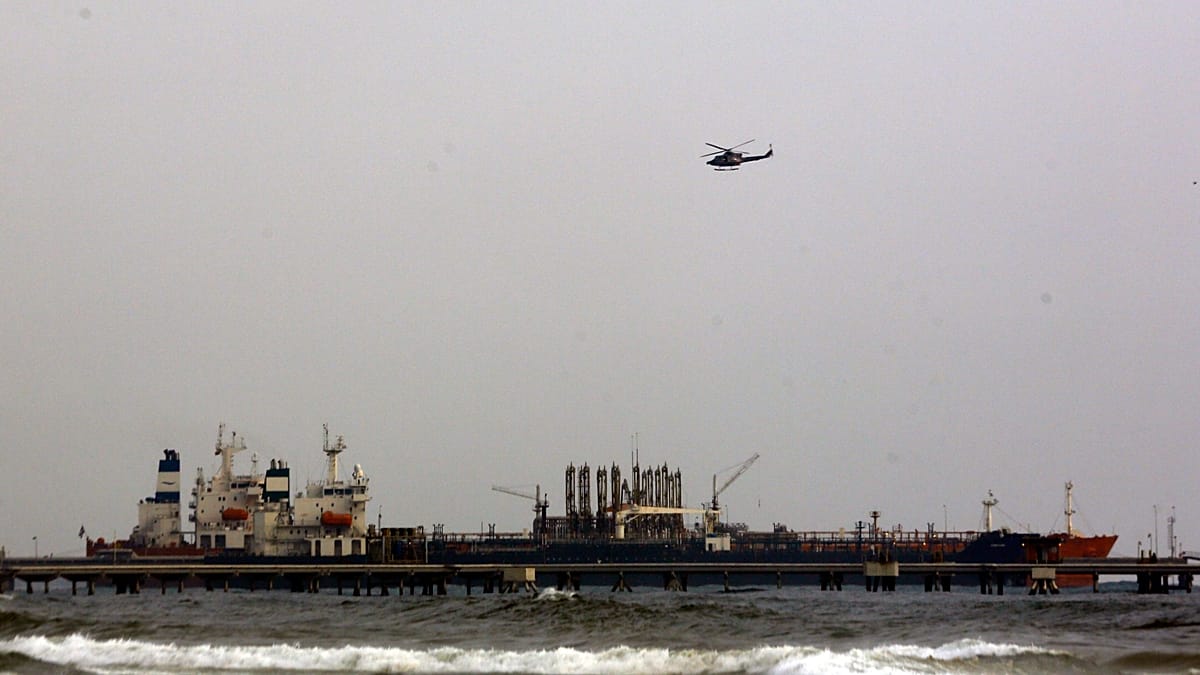Oil Prices Volatile Amid Geopolitical Risks and Production Increases


Crude oil futures continued to experience notable volatility as traders digested a combination of geopolitical tensions and strategic decisions by major oil-producing nations. A central focus remains the evolving situation surrounding Russian crude exports, particularly in light of escalating trade tensions and the approaching secondary tariff deadline imposed by the Trump administration. Should additional sanctions on Russian energy exports come into effect, they may significantly curb the availability of Russian crude in key global markets such as India and other Asian economies. This potential reduction in supply has added a bullish undertone to oil prices, as markets begin to price in the possibility of tightened global crude availability.
Simultaneously, market participants are reacting to the latest policy announcement from the Organization of the Petroleum Exporting Countries and its allies (OPEC+), which confirmed an anticipated increase in crude oil production. Starting in September, the group plans to boost collective output by 547,000 barrels per day. This strategic move is widely seen as an effort to reclaim market share that was lost during previous rounds of coordinated production cuts. OPEC+ appears to be taking a measured approach, balancing the need for higher revenues with the desire to maintain market stability.
Despite the potential for the additional supply to exert downward pressure on oil prices, OPEC+’s cautious posture suggests that the group remains ready to reverse or pause the production increase if market fundamentals deteriorate. This flexible, wait-and-see approach reflects the uncertain demand outlook and reinforces the group’s commitment to maintaining price stability. As such, while the production hike introduces some bearish sentiment, the risk of a sharp price decline may be mitigated by OPEC+’s willingness to recalibrate output in response to shifting conditions.
Beyond supply-side dynamics, traders are increasingly attentive to macroeconomic indicators from major oil-consuming economies, particularly the United States. A recent U.S. jobs report, which came in weaker than expected, has raised fresh concerns about the strength of the American labor market and, by extension, the broader economy. Slower economic growth could translate into softer demand for energy, adding another layer of complexity to the oil price outlook.
Looking ahead, market participants will likely shift their focus to upcoming economic data releases, including Purchasing Managers’ Index (PMI) figures and weekly U.S. crude inventory reports. These indicators will be closely scrutinized for additional clues on the health of the global economy and the direction of oil demand in the near term.
In sum, the oil market remains caught between competing forces: the threat of supply disruptions due to geopolitical tensions and sanctions, and the potential for oversupply as OPEC+ increases production amid fragile economic conditions. This delicate balance is expected to keep crude prices on a volatile path in the weeks ahead.
The post Oil Prices Volatile Amid Geopolitical Risks and Production Increases appeared first on European Business & Finance Magazine.














































